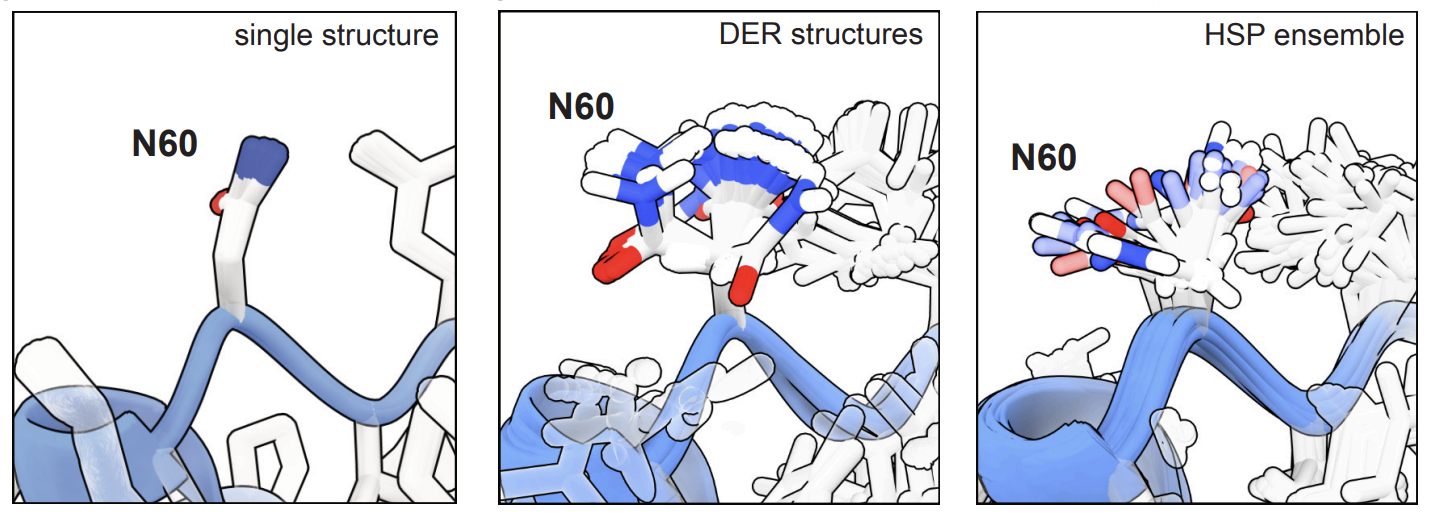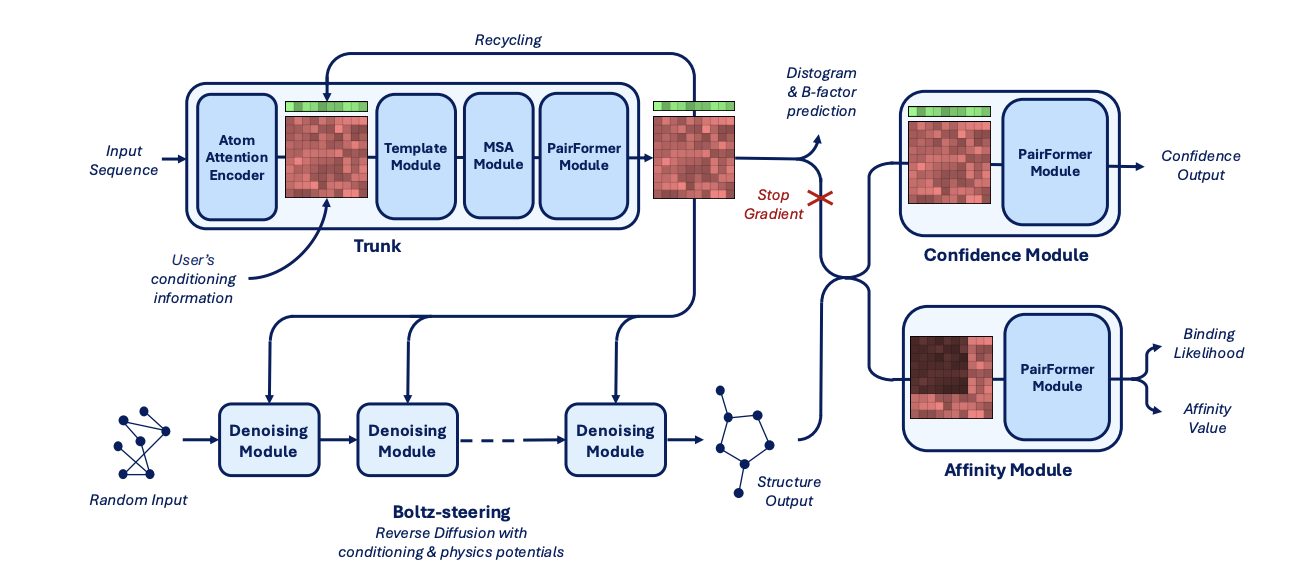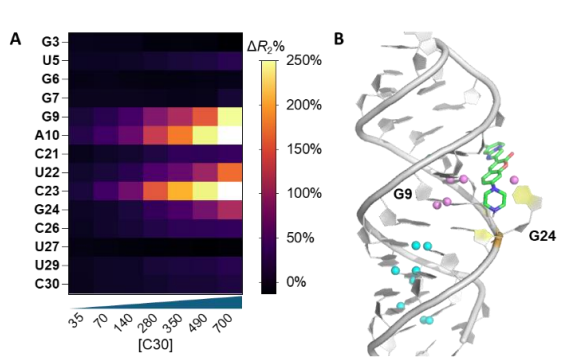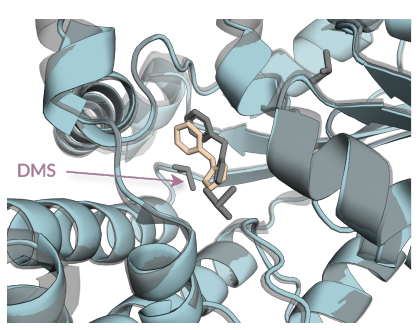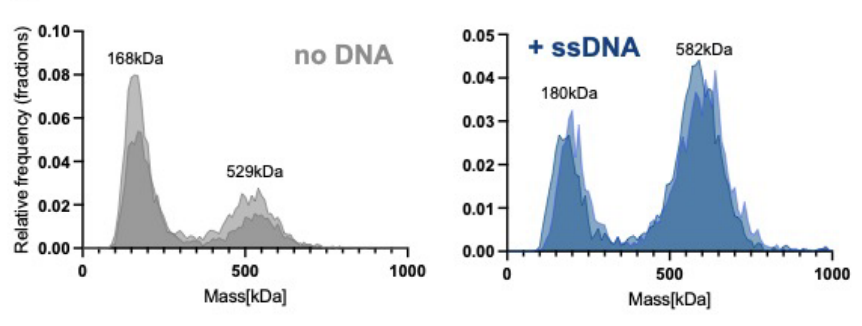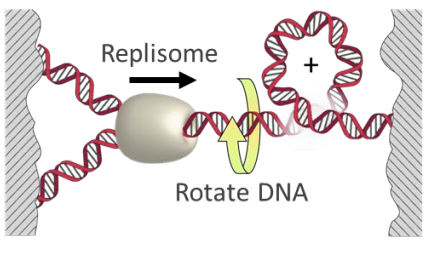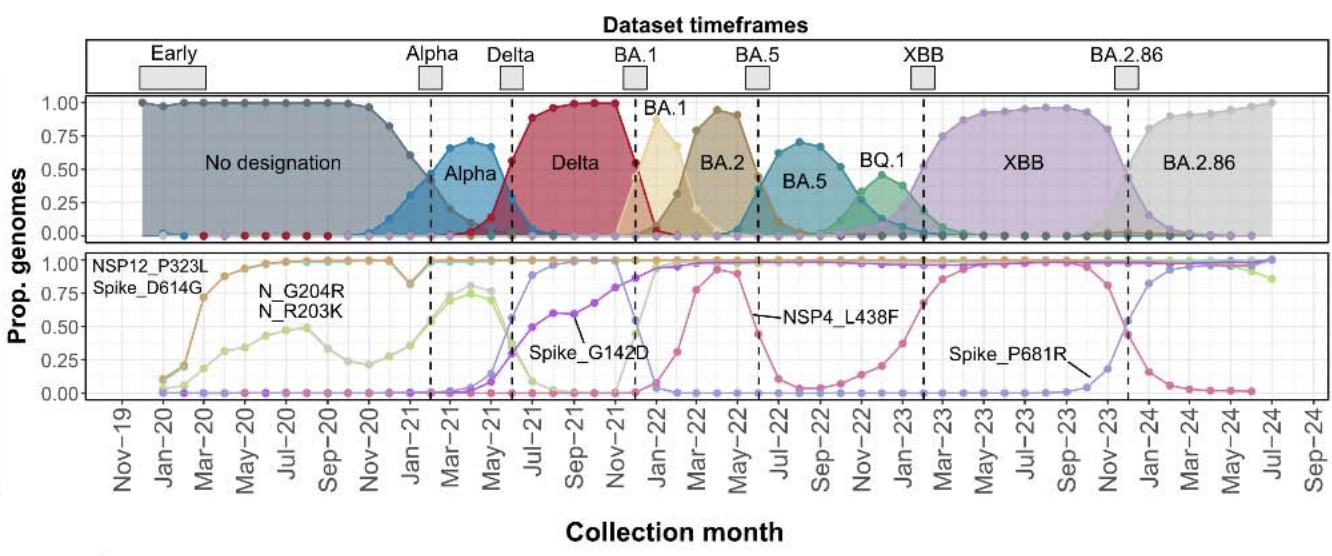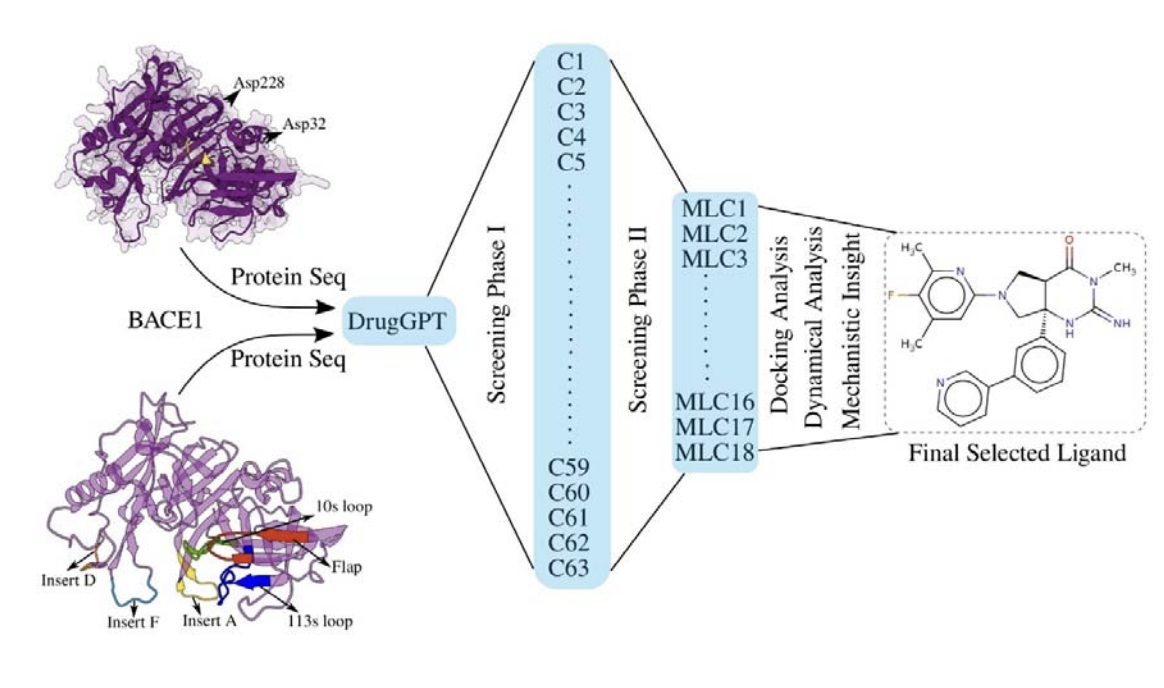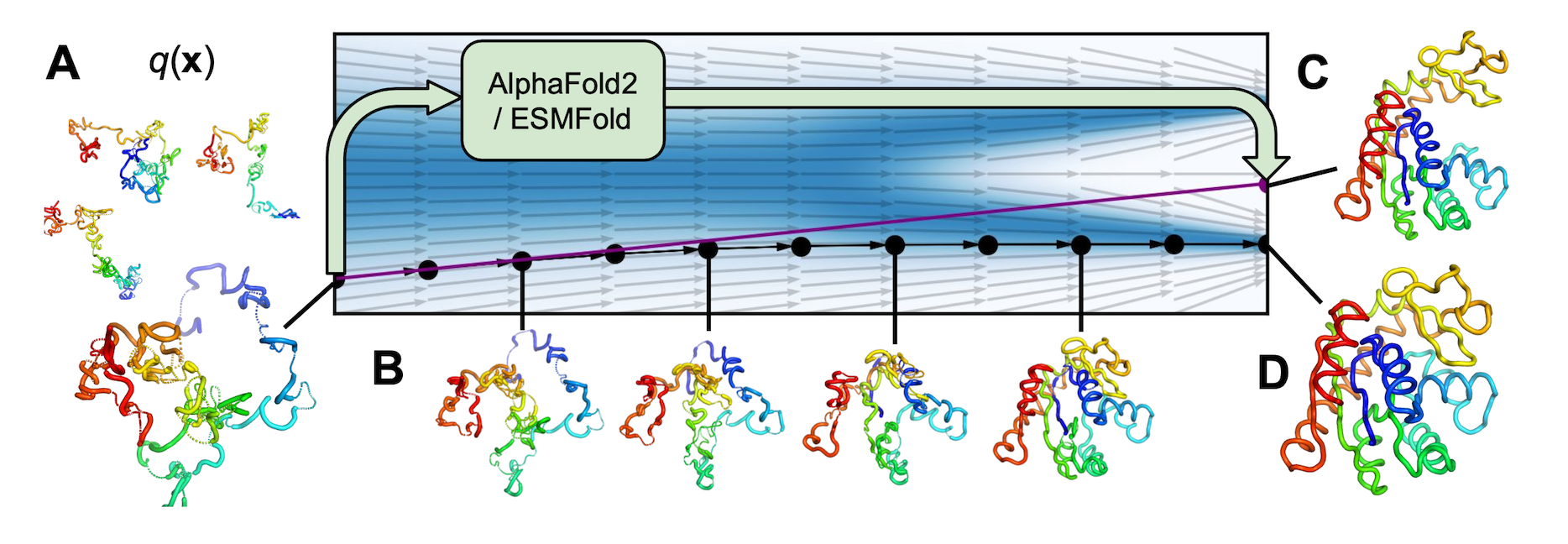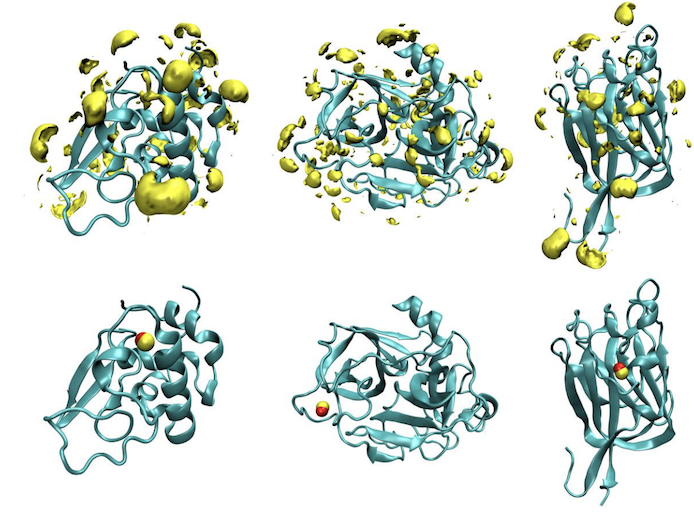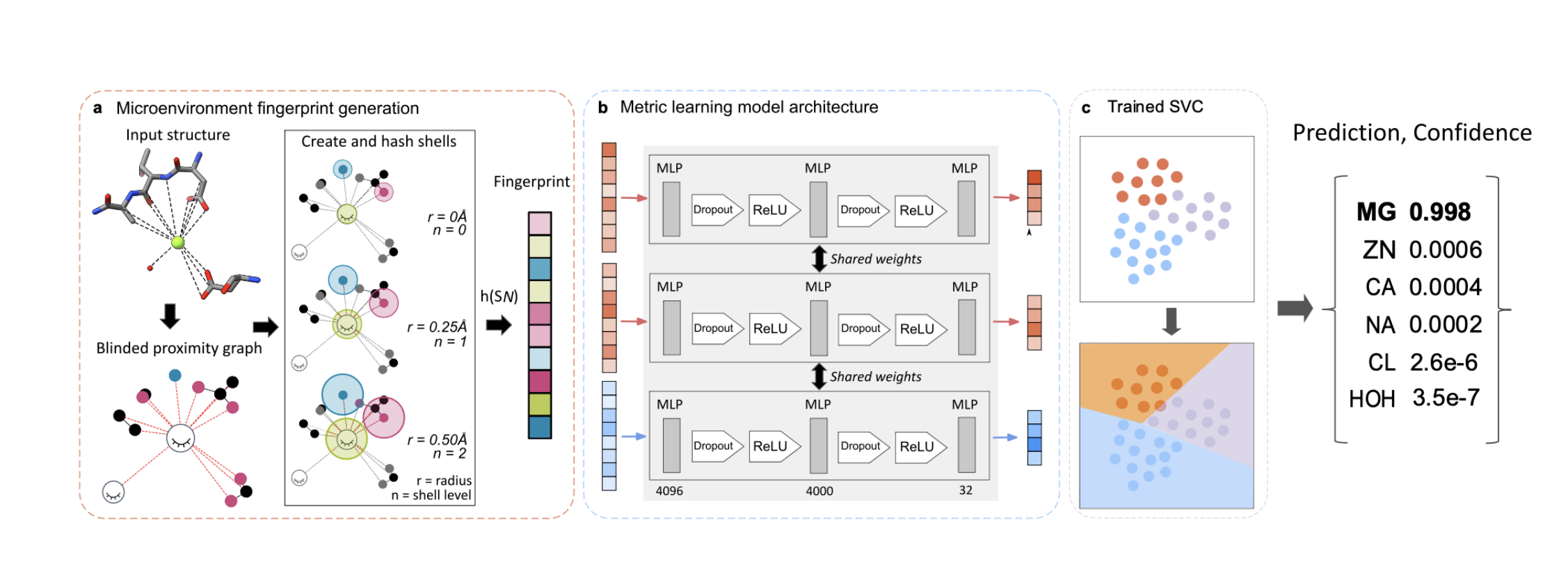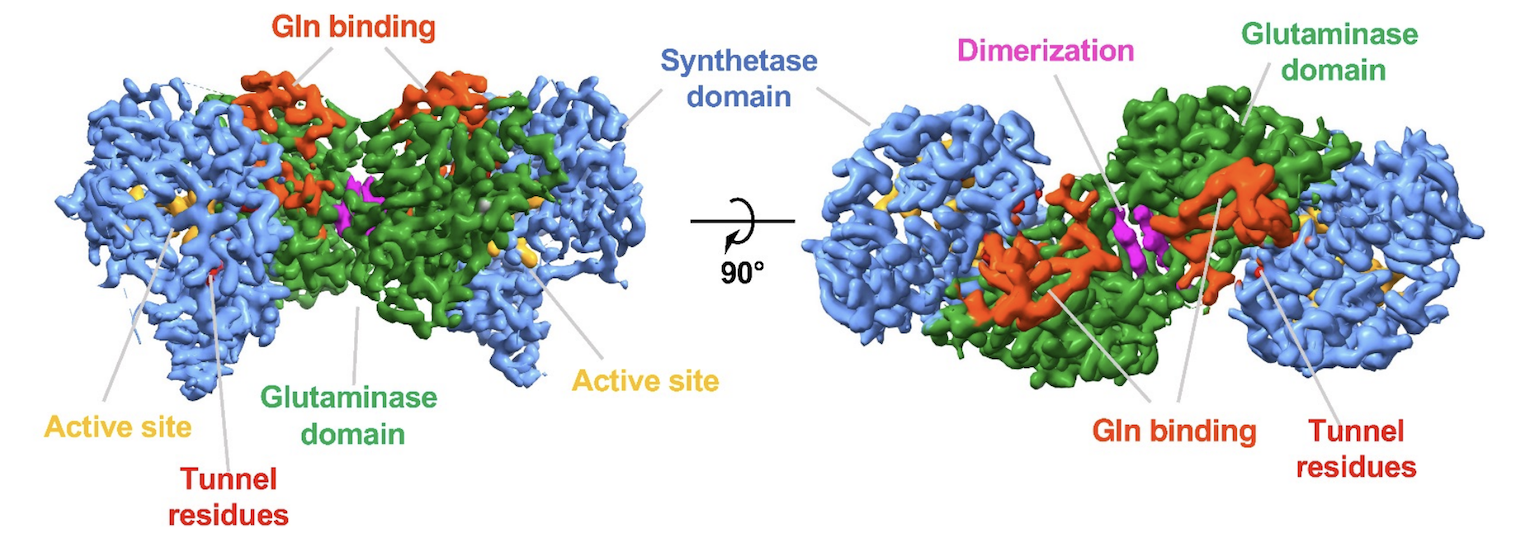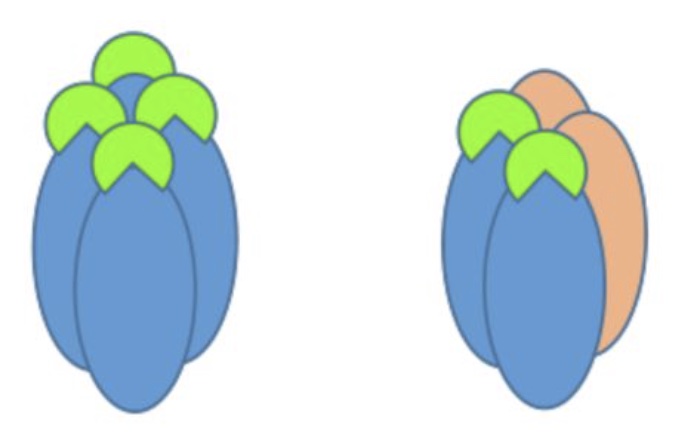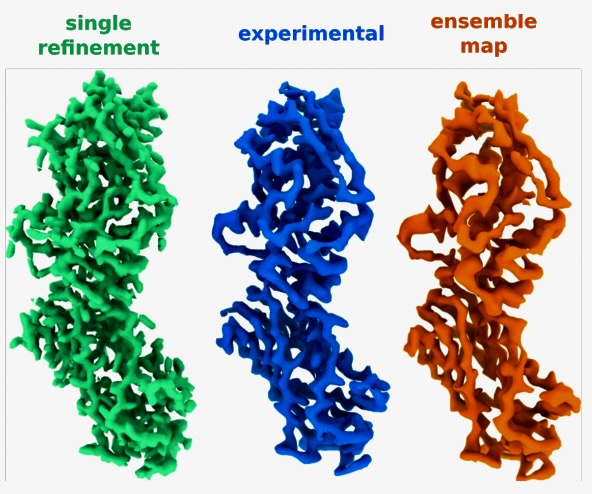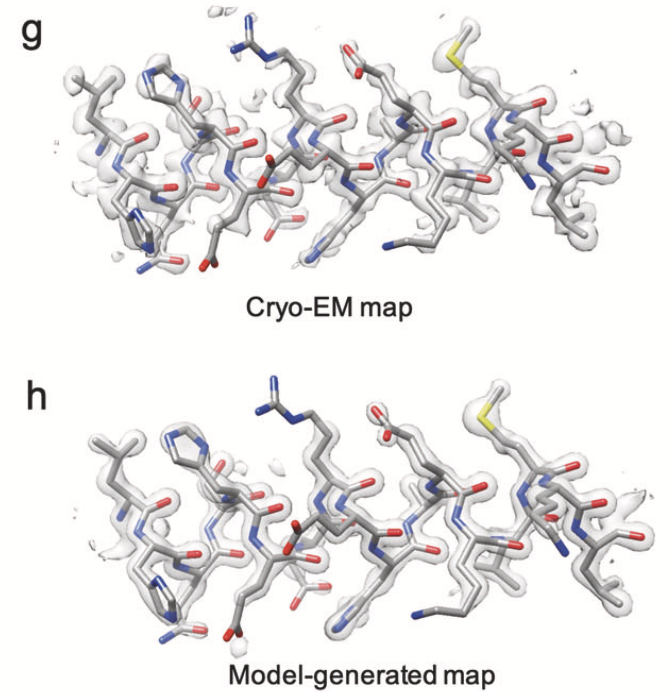Peer Review
Why provide peer review?
1) The ultimate stamp of approval of your scientific findings is their acceptance and development by other scientists. One way to get feedback on your science is through peer review.
2) We often make each other better scientists by providing constructive criticism on idea/experiment.
3) You want others to review your work! This is a service to the community.
4) You can strengthen your scientific ideas through learning what and how others are approaching scientific problems.
AF2χ: Predicting protein side-chain rotamer distributions with AlphaFold2.
Cagiada M, Thomasen FE, Ovchinnikov S, Deane CM, Lindorff-Larsen K.
Reviewed by:
Castellano T, Wankowicz SA
AlphaFold as a Prior: Experimental Structure Determination Conditioned on a Pretrained Neural Network.
Fadini A, Li M, McCoy AJ, Terwilliger T, Read R, Hekstra D, Al Quaraishi M.
Reviewed by:
Fraser JS, Wankowicz SA, Chrispens K
Boltz-2: Towards Accurate and Efficient Binding Affinity Prediction.
Passaro S, Corso G, Wohlwend J, Reveiz M, Thaler S, Ram Somnath V, Getz N, Portnoi T, Roy J, Stark H, Kwabi-Addo D, Beaini D, Jaakkola T, Barzilay R.
Reviewed by:
Chrispens K, Fraser JS, Wankowicz SA
Mechanistic Studies of Small Molecule Ligands Selective to RNA Single G Bulges.
Hegde S, Akhter S, Tang Z, Qi C, Yu C, Lewicka A, Liu Y, Koirala K, Reibarkh M, Battaile KP, Cooper A, Lovell S, Holmstrom E, Wang X, Piccirilli J, Gao Q, Miao Y, Wang J.
Reviewed by:
Castellano T, Gelasco KJ, Sofela S, Wankowicz SA
Chai-1: Decoding the molecular interactions of life.
Chai Discovery Team, Boitreaud J, Dent J, McPartlon M, Meier J, Reis V, Rogozhonikov A, Wu K.
Reviewed by:
Myat PS, Haynes P, Malek M, Wankowicz SA
Allosteric modulation of the Lon protease by effector binding and local charges.
Ogdahl JL, Chien P.
Reviewed by:
Martin K, Robertson A, Drobshoff A, Wankowicz SA
Torsion is a Dynamic Regulator of DNA Replication Stalling and Reactivation.
Jia X, Gao X, Zhang S, Inman JT, Hong Y, Singh A, Patel S, Wang MD.
Reviewed by:
Cao W, Durham E, Lee L, Wankowicz SA
Intrahost dynamics, together with genetic and phenotypic effects predict the success of viral mutations.
Tan C, Escalera-Zamudio M, Yavlinsky A, van Dorp L, Balloux F.
Reviewed by:
Evans JR, Pfotenhauer PE, Anonymous 1, Wankowicz SA
Machine Learning-Enhanced Drug Discovery for BACE1: A Novel Approach to Alzheimer’s Therapeutics.
Sangeet S.
Reviewed by:
Wankowicz S
AlphaFold Meets Flow Matching for Generating Protein Ensembles.
Jing B, Berger B, Jaakkola T.
Reviewed by:
Jansen F, Ravikumar A, Wankowicz SA, Fraser JS
Prediction of Ca 2+ binding site in proteins with a fast and accurate method based on statistical mechanics and analysis of crystal structures.
Basit A, Choudhury D, Bandyopadhyay P.
Reviewed by:
Wankowicz SA
Metric Ion Classification (MIC): A deep learning tool for assigning ions and waters in cryo-EM and x-ray crystallography structures.
Shub L, Liu W, Skiniotis G, Keiser M, Robertson M.
Reviewed by:
Wankowicz SA
Cryo-EM and Molecular Dynamics Simulations Reveal Hidden Conformational Dynamics Controlling Ammonia Transport in Human Asparagine Synthetase.
Coricello A, Zhu W, Lupia A, Gratteri C, Vos M, Chaptal V, Alcaro S, Takagi Y, Richards N.
Reviewed by:
Wankowicz S, Fraser JS
The mineralocorticoid receptor forms higher order oligomers upon DNA binding.
Fettweis G, Johnson TA, Almeida-Prieto B, Presman DM, Hager GL, Alvarez de la Rosa D.
Reviewed by:
Wankowicz SA, Bergmann L, Fraser JS
Cryo-EM structure and B-factor refinement with ensemble representation.
Cragnolini T, Beton J, Topf M.
Reviewed by:
Wankowicz SA, Fraser JS
Resolving Individual-Atom of Protein Complex using Commonly Available 300-kV Cryo-electron Microscopes.
Zhang K, Pintilie GD, Li S, Schmid MF, and Chiu W.
Reviewed by:
